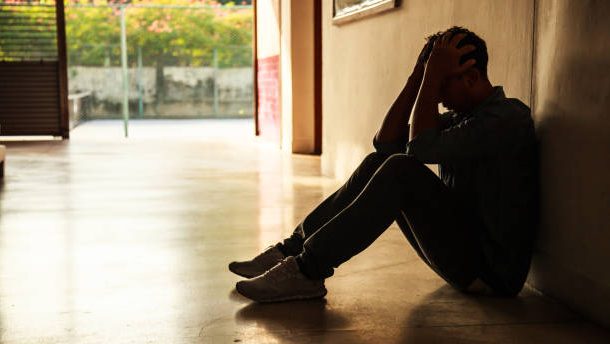Mental health disorders on the rise among Quebec high school students: ISQ

New data from the Institut de la statistique du Québec (ISQ) shows that there a significant increase in mental health disorders among high school students.
According to survey results released on Wednesday, health professionals have compared the trends between 2010-2011 and 2022-2023.
The gap between girls and boys who take medication is significant. Eight per cent of female students take medications for anxiety and depression symptoms, compared to 3.8 per cent among male students.
Advertisement
As for medication to treat ADD/ADHD symptoms, 19 per cent of boys have used it compared to 12 per cent of girls.
Worrying progression
Anxiety disorders, which affected nine per cent of adolescents in 2010-2011, reached 20 per cent in 2022-2023. The proportion of younger people with depression increased from 4.9 per cent in 2020-2011 to 7 per cent in 2022-2023. As for ADD/ADHD, the proportion has almost doubled, increasing from 13 per cent in 2010-2011 to 25 per cent in 2022-2023.
Although some want to attribute these trends to the pandemic, this third study shows that the increases were much greater between 2010-2011 and 2016-2017 than between 2016-2017 and 2022-2023.
Eco-anxiety and self-esteem
Advertisement
For the first time, the survey measured high school students’ eco-anxiety – anxiety specifically caused by various environmental threats – and found that 34 per cent of them did not experience it at all, 41 per cent sometimes, 17 per cent often and eight per cent experienced it always or almost always.
According to the data, girls were more affected than boys, with feelings of eco-anxiety being experienced often or almost always at 37 per cent compared to 14 per cent with boys.
Self-esteem issues were also declining among boys. For both male and females, the proportion of students with high self-esteem has fallen from 20 per cent in 2010-2011 to 12 per cent in 2022-2023.
Among girls, 15 per cent had high self-esteem in 2010-2011 compared to seven per cent in 2022-2023.
Boys had higher self-esteem, but their proportion has still fallen from 25 per cent in 2010-2011 to 16 per cent in 2022-2023.
Advertisement
Lots of screen time
The data released Wednesday also shows that one in four high school students typically spend four hours or more per day in front of a screen for communication and recreation, and nearly half of them (48 per cent) typically sleep less than the recommended amount of time during the school week.
In both cases, girls are more likely to spend more time in front of screens and not get enough sleep.
Young people are also having less sexual relations, with the proportion of those having had at least one consensual sexual relationship falling from 37 per cent in 2010-2011 to 33 per cent in 2016-2017, and 30 per cent in 2022-2023. The proportion of those having used contraception, however, remains stable.
Finally, high school students are less likely to engage in reckless or rebellious behavior nowadays.
Advertisement
About a quarter (26 per cent) of secondary school students in 2022-2023 engaged in at least one reckless or rebellious behavior during the year before the survey (going out all night without permission, being questioned by the police, running away from home). This proportion is significantly lower than the 36 per cent in 2010-2011.
There was also a decline with delinquent behavior (property crimes, acts of violence against people, membership in a gang that broke the law): 37 per cent of students engaged in one activity within the 12 months preceding the survey, compared to 41 per cent in 2010-2011.